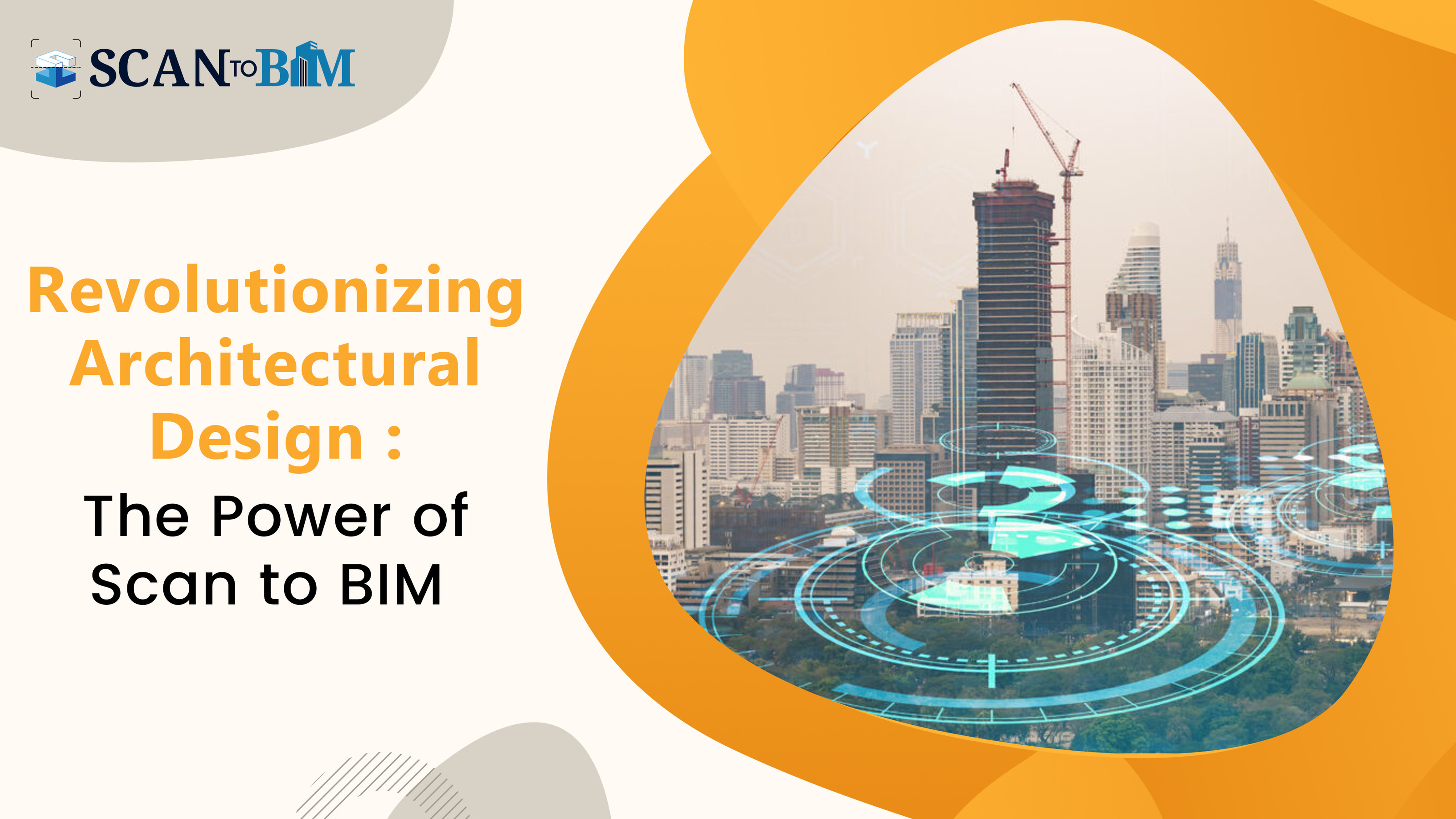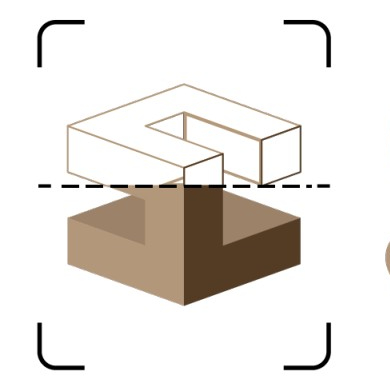Revolutionizing Architectural Design: The Power of Scan to BIM

Introduction
Technology developments have completely changed how we plan and construct structures in the ever-evolving field of architecture and construction. Scan to BIM (Building Information Modelling) services is one such ground-breaking invention that has changed the game for architects all around the world. With the aid of this game-changing technology, architects can use point cloud data to make precise, thorough 3D models of existing buildings, speeding the design process and increasing overall project effectiveness. We'll look at Scan to BIM's and Point cloud to BIM Services main advantages in this blog post, as well as how it affects the architectural design scene.
Understanding Scan to BIM
In the scan to BIM modeling process, point clouds of data obtained through 3D laser scanning or LiDAR technologies are transformed into a highly precise and knowledgeable Building Information Model. The point cloud is an accurate 3D depiction of an existing structure that captures all of its geometry, measurements, and spatial connections. This data creates a base for architects to collaborate with when creating restorations, retrofits, or new buildings when it is linked to a BIM platform. In recent research by the National Institute of Building Sciences, 70% of architects predicted that over the next five years, scan-to-BIM will become the industry standard for capturing existing structures. Additionally, the survey discovered that 60% of architects think scan-to-BIM will help them increase the caliber of their designs.
Key Benefits of Scan to BIM
- Accurate Data Acquisition: Manual measurement and recording using traditional methods take a lot of time and are prone to mistakes. By doing away with tedious on-site measurements, scanning to BIM gives architects exact information for their design projects.
- Highly accurate and detailed: 3D models of existing structures may be produced by architects using point cloud data. This enables them to fully visualize the structure, which improves decision-making throughout the design stage.
- Clash Detection: Using scan to BIM, architects may find conflicts between fresh ideas and the current building. This proactive strategy assists in averting possible disputes during construction, saving money and time.
- Improved Collaboration: Scan to BIM makes it easier for contractors, architects, engineers, and other stakeholders to work together seamlessly. The integrated BIM platform makes sure that everyone has access to the same information, preventing misunderstandings and fostering cooperation.
- Greater Efficiency: Architects can design more precisely and efficiently when they have access to realistic 3D models. This eventually saves time and costs by reducing design mistakes, modification requests, and rework.
- Sustainable Design: Scan to BIM enables architects to assess the energy efficiency and environmental effects of an existing structure. Architects may suggest sustainable design options and promote greener building techniques by knowing how energy-efficient the facility is.
- Choosing wiser decisions: Building conditions may be analyzed and possible issues can be found using scan-to-BIM models. This can aid architects in making more informed choices regarding the designing of new buildings.
- Better optical acuity: Virtual reality models made from scan-to-BIM models may be used to see the new structure before it is really built. Before construction starts, this might assist clients in understanding the design and requesting revisions.
- Accurate Data Collection: Historically, surveying and measuring existing structures required a lot of time and was prone to mistakes. Scan to BIM solves these problems by giving architects access to extremely precise point cloud data, guaranteeing that every minute feature of the site is accurately documented.
- Waste Reduction: Since the design process is optimized with exact measurements, Scan to BIM accuracy lowers material waste during construction. This eco-friendly method promotes the worldwide movement towards greener building and sustainable practices.
- Successful Resource Planning and Management: With access to a thorough digital model, architects can efficiently organize and oversee resources over the course of a project. Better budget management, fewer construction holdups and eventually greater customer happiness result from this.
- Quicker Design Iterations: The design process might be delayed by the time required for traditional data collecting and survey approaches. Architects may begin designing more rapidly because to Scan to BIM's instant access to correct data.
Conclusion
A ground-breaking innovation that has transformed the architectural design process is Scan to BIM modeling services. Architects can produce very precise 3D models of existing structures by using point cloud data, which will improve cooperation, increase efficiency, and result in considerable time and money savings.
In conclusion, Scan to BIM services and Point cloud to BIM Services are revolutionizing how architects approach design and are becoming an essential tool in the ever-changing architectural profession. We may anticipate that as technology develops, even more, creative solutions will appear, revolutionizing the way we construct and change the environment around us.












